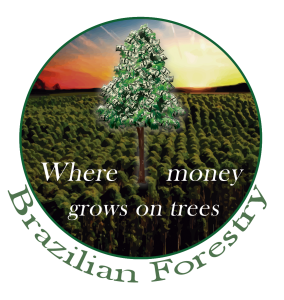COAL
Industrially, charcoal is the most important fuel and reducer of iron ore in steel and metallurgical operations. The use of charcoal have many advantages in relation to mineral coal: it is renewable, less polluting, low ash content, practically free of sulfur and phosphorus, more reactive. Lately, charcoal has also been used in the cement, lime and ceramic industries. Brazil is the world’s only producer of charcoal for the pig iron, steel and ferro-alloy steel sector and about 40% of Brazilian eucalyptus plantation is destined to this market.
CELLULOSE
It is the main structural cell mass of eucalyptus.
Brazil is the largest exporter of pulp in the world and the second largest producer. Demand growth is gradual, but supply does not keep pace. Cellulose, in 2018 saw a 43.9% increase in the values traded with the foreign market and 2019 looks even more promising.
BIOMASS
Biomass is the new growing market all over the world. A typical power plant will consume 3 million tons of biomass annually.
